Journalism’s diversity problem begins in university classrooms, where a lack of Latino professors sets many students up to fail
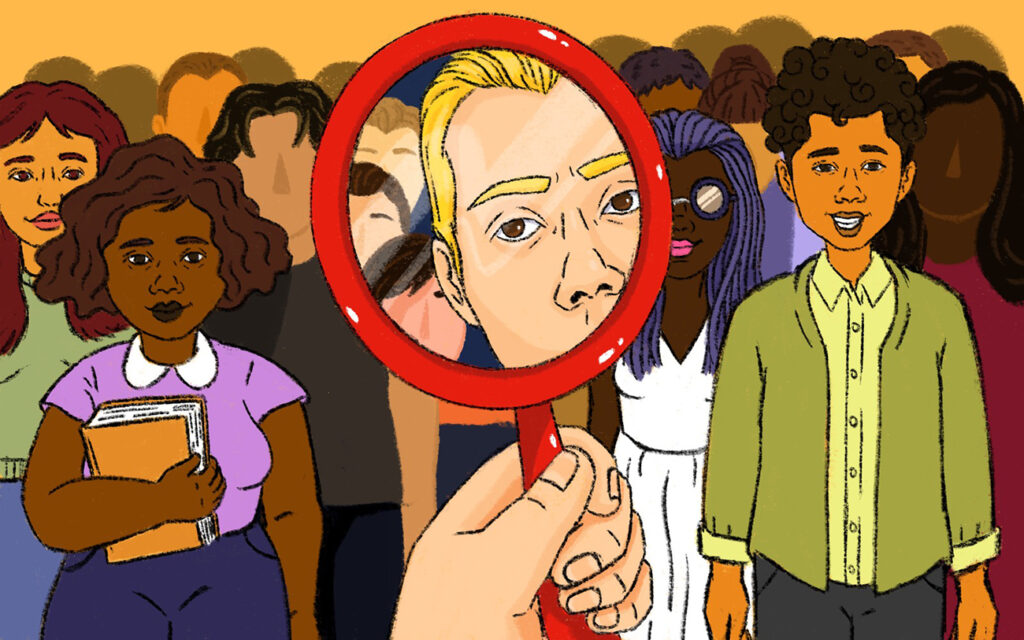
COVINA and CANOGA PARK, Calif. — As newsrooms around the country continue to root out the source of their struggles to diversify, students and professors at some of the nation’s largest universities say the journalism industry should look beyond newsrooms and into college classrooms, where a diversity vacuum is driving Latino students from the news industry.
In classrooms where Latino students are the majority, some will go their entire college career without a single Latino journalism professor, according to a Latino Reporter analysis of student and faculty data from the California State University system.
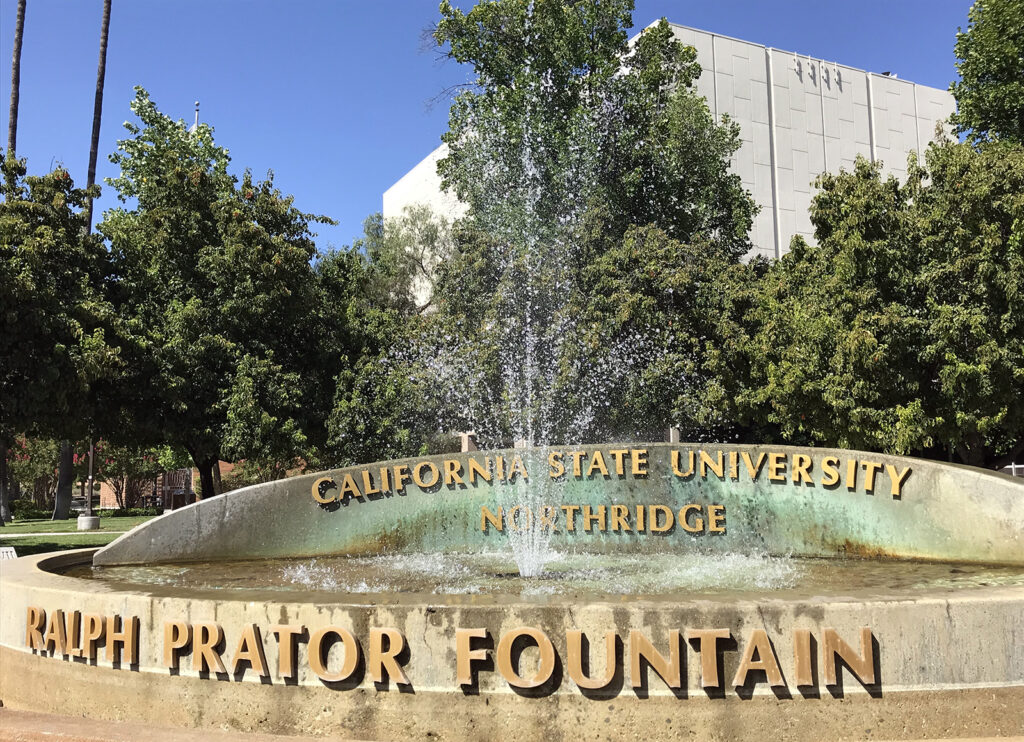
Journalism experts, college administrators and diversity advocates say without a diverse body of instructors, Latino and other students of color are less likely to graduate, gain internship experience and learn lessons that are relevant to an increasingly diverse nation. Without culturally relevant mentorship, many said, Latino students can feel lost, like there is no place for them in the industry.
The Latino community is the fastest-growing population in the California State University system. In the fall 2018 semester, Latinos made up 42 percent of the student population, surpassing every other ethnic group, according to CSU enrollment data.
Gabriela Martinez graduated from a California State University with a bachelor’s in communication studies. Though she intends to pursue a career in journalism, upon graduating she had no journalism internships nor any experience at on-campus news outlets.
Martinez never had a Latino professor. Without a sense of shared culture and experience, she said, it was hard to connect with her instructors. She felt they couldn’t relate to her family dynamic or personal struggles.
But everything changed for Martinez when she decided to enroll in extended studies at California State University, Fullerton (CSUF). There she met Jesús Ayala, a prominent Latino journalism professor. Ayala quickly became a mentor who coached her on how to be in front of the camera and pushed her to become more involved in the journalism department.
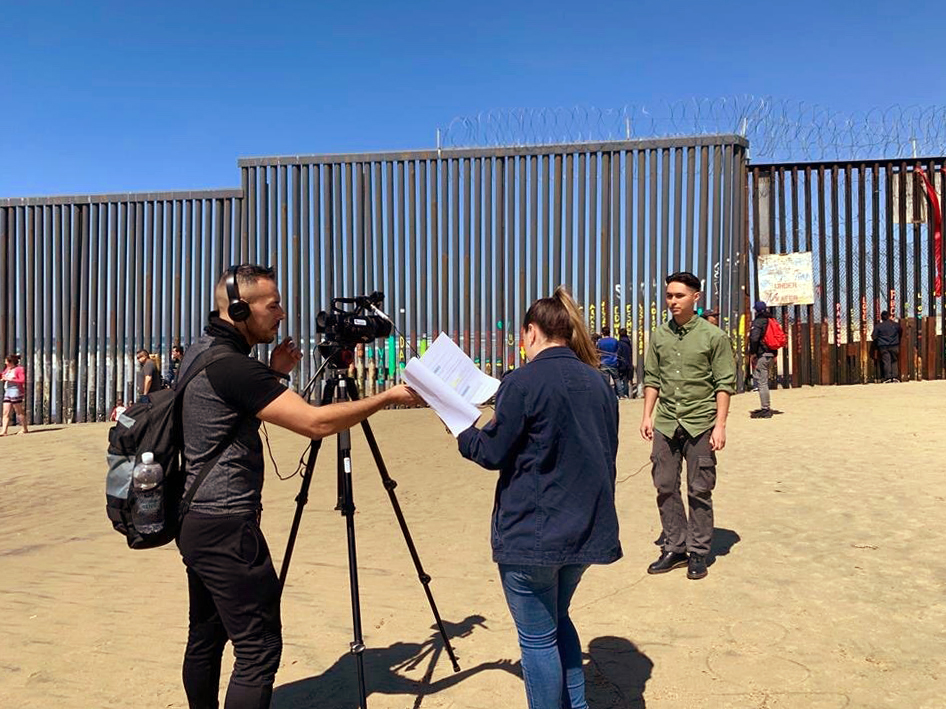
Martinez saw the difference having a Latino professor makes when she was taken under Ayala’s wing. Where she once felt adrift and without a clear path forward, Ayala took a chance on her, though she had limited experience, and gave her opportunities to produce multimedia journalism in the newsroom he oversees.
“It has just been such a breath of fresh air because [Ayala] understands me,” Martinez said. “The fact we both grew up in a very similar environment. The fact that we’re both Mexican. The fact that we both know Spanish and English and talk Spanglish–that changed everything for me,” Martinez said. “I felt like my professor understands me. I can be myself in the classroom.”
The same story repeats itself within journalism department across the state and around the country.
As of 2019, about 62 percent of the journalism students at California State University, Northridge (CSUN), identified as Latino, according to enrollment data. At CSUF, about 65 percent of students in the journalism department identify as Latino, according to a Latino Reporter analysis of 2020 university data.
In Northern California, Latino students comprised about 32 percent of San Francisco State University’s (SFSU) journalism department as of 2018, the most recent data available — making Latinos the largest demographic group in the department.
Though Latino students fill journalism classrooms at these institutions, Latino faculty members remain in short supply.
CSUN had only two Latino journalism faculty members out of a total of 24, making the department just about 8 percent Latino as of 2019 — though only one of the two is full-time. The department has had predominant white faculty for at least the past 10 years, despite Latino students being the majority for at least since 2015.
CSUF only employs one full-time Latino journalism professor.
As of July 2012, San Francisco State’s journalism department released a report citing that 35 percent of its faculty were from “minority backgrounds,” but the department did not offer specific breakdowns based on race or ethnicity.
Jon Funabiki, a professor in San Francisco, has studied diversity in newsrooms and university faculty for more than 30 years. Over the years, he found that students of color, particularly Black students, would not complete the program when they were being taught by almost exclusively white male instructors.
“They see the faculty as role models,” Funabiki said. ”The faculty members bring their experiences into the classrooms, and they change the curriculum of what they’re teaching.”

Funabiki said the issues journalists have to cover today are increasingly shaped by the demographic diversity of the United States, including the country’s history of oppression and institutionalized racism that continues to affect communities of color.
“The diversity of faculty and students and curriculum has got to be the number one priority for any journalism school today,” Funabiki said.
Nelida Duran, a CSUN family and consumer sciences professor who has advocated for Latino equity at the university, said research shows that faculty of color are more likely to bring up topics of greater relevance to Black and Latino students in their classrooms.This, she added, is ultimately a benefit to all students.
“There’s evidence that shows when you have cultural congruence between students and faculty, you increase that graduation rate, even in these very white structured institutions,” Duran said.
On July 21, a CSUN professor sent a letter to the L.A. Times that faculty from other Cal State universities had co-signed urging the newspaper to hire CSU graduates and better represent the state among its staff.
That was also the day when Latino journalists at the Times led a virtual campaign calling for greater inclusion of Latino journalists and issues in the newspapers’ coverage. The letter, which was signed by 40 faculty members from CSU institutions, criticized the lack of Latino journalists in the L.A. Times newsroom: 13 percent of the Times’s news staff identifies as Latino, while L.A. County comprises 50 percent Latino residents.
Jose Luis Benavides, the only full-time faculty member at CSUN who identifies as Latino, sent a separate letter to the executive chairman of the L.A. Times in support of Black and Latino journalists.
“I think the problem is that the assumptions about diversity stop at integration,” Benavides said. “They confuse integration with diversity. And integration is just the first step. So you need diverse people in the newsroom.”
Though the first letter was co-signed by other CSU faculty members, it failed to address the CSUN journalism department’s own lack of Latino representation.
In the journalism department at CSUF, Ayala is the only Latino on staff. Still, he has been able to help his students by pushing them through programs he has created on his own.
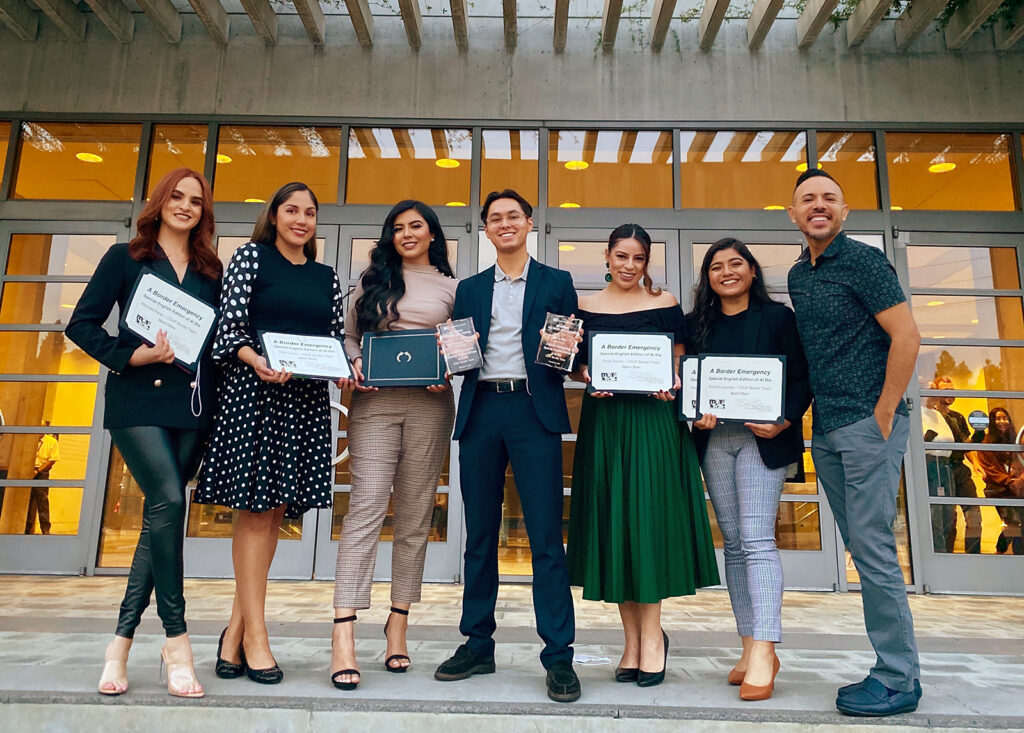
Ayala gave Martinez the chance to produce multimedia journalism for the CSUF Spanish newscast Al Día — despite her limited experience. Eventually, she went on to anchor a newscast called “Coronavirus Pandemia Mundial” for the award-winning Al Día broadcast.
“[Ayala] assigned me an entire rundown for me to memorize, trusted me, and encouraged me,” said Martinez, who landed her first internship with Univision San Diego just four months after meeting Ayala.
CSUF is the only state university in California to win such a prestigious award.
“The fact that the team is a team of entirely Latino students with an entirely Latino professor … it just validates the experience of our students,” Ayala said.
Ayala said his own life experience allows him to relate to his students, especially his Latino students, on a deeper level.
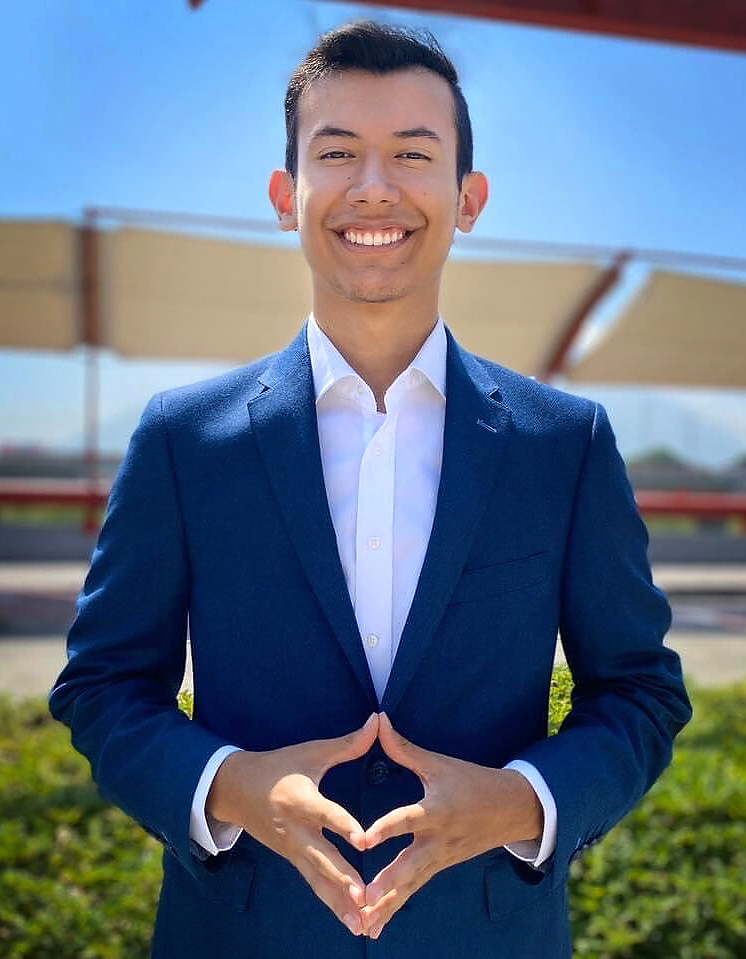
During the still-raging coronavirus pandemic, Ayala said, a white professor might not understand the cultural nuances that create a complicated and stressful home life for many Latino students.
Many of his students were laid off, or their parents were laid off.
“Or then I have students who said, ‘My entire family’s laid off, including me, like, we don’t even have money for rent,’” Ayala said. “I have students who became breadwinners, because their families were laid off.”
Jorge Flores, a CSUF transfer student majoring in political science with a minor in communications, said he nearly changed his career path before meeting Ayala and receiving a much-needed confidence boost.
“The difference between a Latinx professor [is] you feel connected because of the culture, environment, and the goals you want to reach,” Flores said. “If I don’t see a professor that’s not Latino, Latina then I’m going to feel like my chances to succeed aren’t that high, so that makes a big difference.”
Garcia reported from Canoga Park, Calif., and Cruz reported from Covina, Calif. This story has been edited to properly reflect the newscast that Gabriela Martinez anchored. and the correct spelling of Jon Funabiki‘s name.
Eduardo Garcia is a junior at California State University, Northridge, where he specializes in broadcast and Spanish-language journalism. He is a video editor for CSUN’s El Nuevo Sol, a bilingual multimedia publication. Reach him at eduardogarciamedia [at] gmail [dot] com and on Twitter @eduardogarciatv.
Kimberly Cruz is a senior at California State University, Fullerton, studying journalism. She has worked on the broadcast team as a presenter, producer, and reporter on the university’s Titan Sports broadcast. Reach her at kdianacruz [at] csu [dot] fullerton [dot] edu and on Twitter @kcruznews.
Pingback: NAHJ Urges End to 'Minorities' Label - journal-isms.com